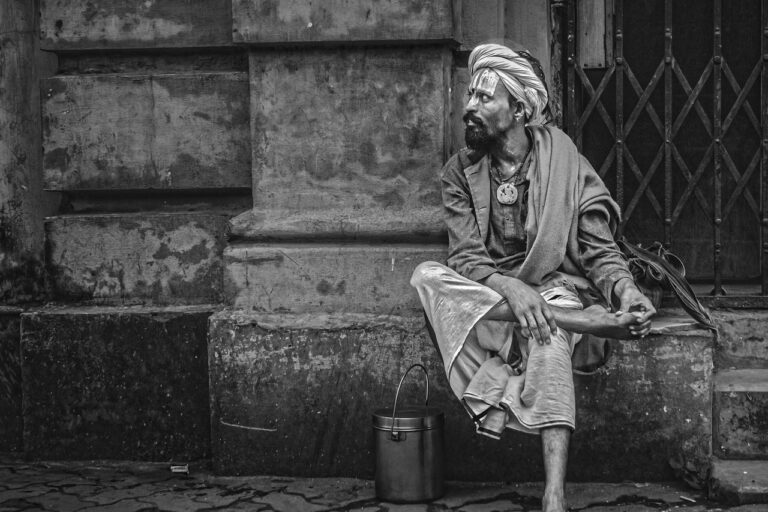Fashion and Cultural Exchange: Traditional Craftsmanship in Modern Design
Craftsmanship is a universal language that transcends geographical boundaries and cultural differences. Every culture has its unique way of expressing creativity and skill through traditional crafts, showcasing the heritage and values of a community. From intricate wood carvings in Japan to vibrant beadwork in South Africa, artisans around the world take pride in creating pieces that reflect their identity and heritage.
Through the exchange of ideas and techniques, craftsmen from different cultures can inspire and learn from one another, leading to a rich tapestry of artistic expression. This cross-cultural collaboration not only preserves traditional crafts but also allows for innovation and adaptation, as artisans incorporate new ideas and perspectives into their work. By celebrating the diversity of craftsmanship across cultures, we not only appreciate the beauty of traditional art forms but also foster a sense of connection and understanding among people from around the globe.
History of Traditional Techniques
Many traditional techniques have been passed down through generations, forming a vital part of various cultures worldwide. These time-honored methods are steeped in history and cultural significance, reflecting the ingenuity and resourcefulness of communities throughout time.
From intricate ceramic pottery techniques in Japan to detailed handloom weaving in India, these traditional methods serve as a connection to the past while also preserving the identity and heritage of a particular culture. The history of these techniques is a testament to human creativity and adaptability, showcasing the skill and dedication of artisans who have honed their craft over centuries.
What is craftsmanship across cultures?
Craftsmanship across cultures refers to the unique skills and techniques passed down through generations within different societies and regions around the world.
Why is the history of traditional techniques important?
The history of traditional techniques is important as it showcases the creativity, ingenuity, and cultural heritage of a particular group of people. It also provides insight into the evolution of craftsmanship over time.
How have traditional techniques evolved over time?
Traditional techniques have evolved over time as artisans adapt to changing technologies, materials, and aesthetic preferences. However, many traditional techniques have remained unchanged for centuries, highlighting their enduring value.
What role do traditional techniques play in modern society?
Traditional techniques play a significant role in modern society by preserving cultural heritage, promoting sustainability, and fostering a sense of community and connection to the past. Additionally, traditional techniques often inspire contemporary artists and designers.
Are traditional techniques at risk of being lost?
Yes, traditional techniques are at risk of being lost due to factors such as globalization, industrialization, and a lack of interest among younger generations. Efforts to preserve and promote traditional techniques are crucial to ensure their continued existence.





